-
Welcome to Tacoma World!
You are currently viewing as a guest! To get full-access, you need to register for a FREE account.
As a registered member, you’ll be able to:- Participate in all Tacoma discussion topics
- Communicate privately with other Tacoma owners from around the world
- Post your own photos in our Members Gallery
- Access all special features of the site
DIY Prinsu Top Rack Made on Wood Router
Discussion in '3rd Gen. Tacomas (2016-2023)' started by TheTacomaInn, Feb 19, 2020.
Page 1 of 6
Page 1 of 6


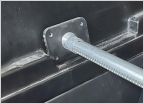 Cargo bar
Cargo bar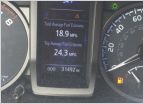 New exhaust. Better mpg?
New exhaust. Better mpg?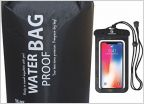 Height in bed with factory tonneau cover?
Height in bed with factory tonneau cover?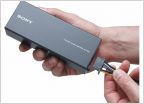 SR AC factory stereo and speaker upgrade on sub $300 budget
SR AC factory stereo and speaker upgrade on sub $300 budget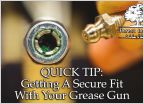 Tools for grease drive shaft and other parts
Tools for grease drive shaft and other parts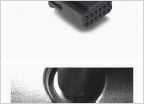 Dash cam
Dash cam
